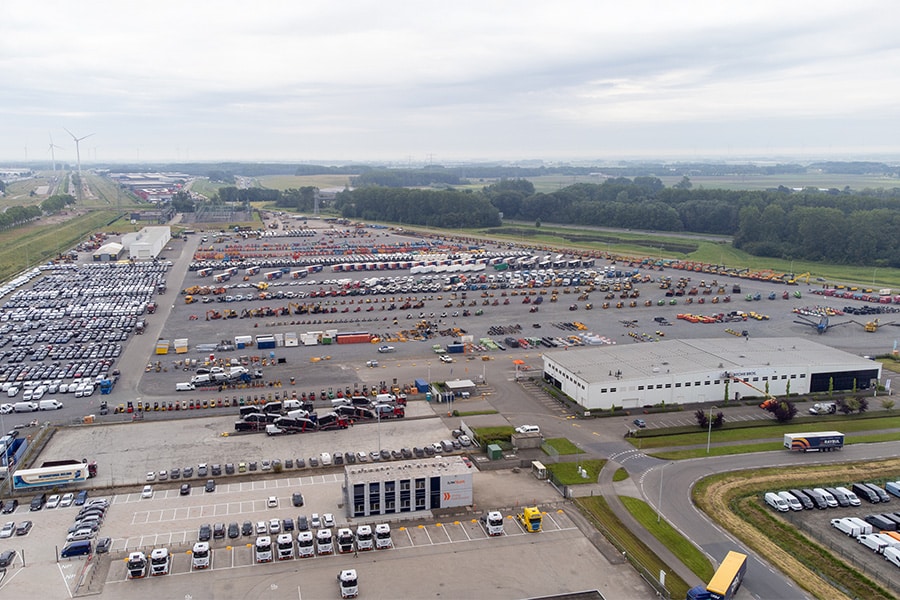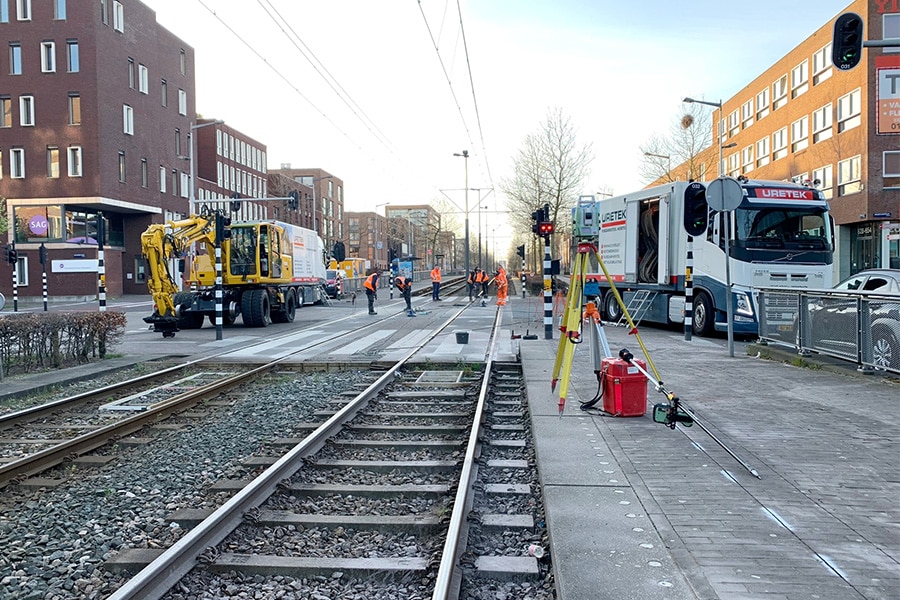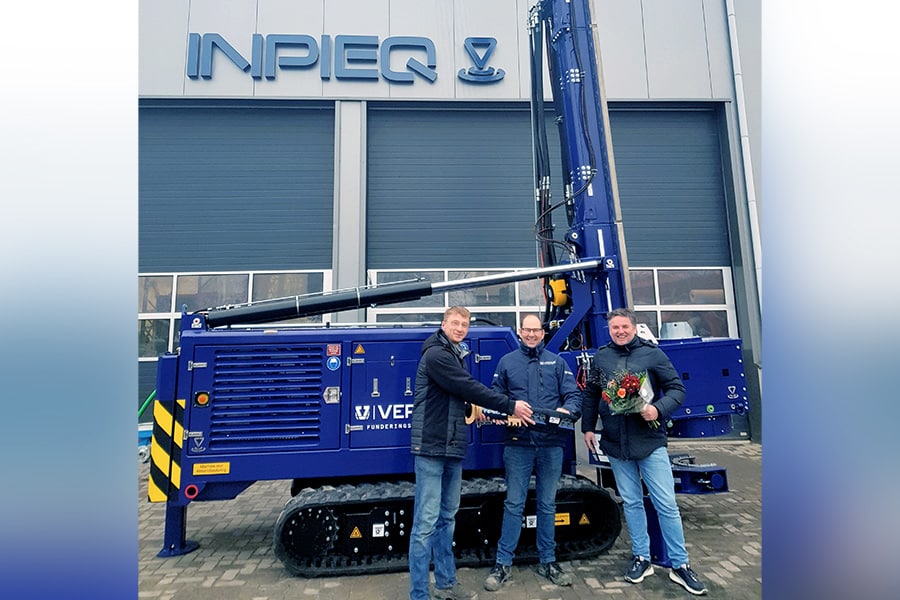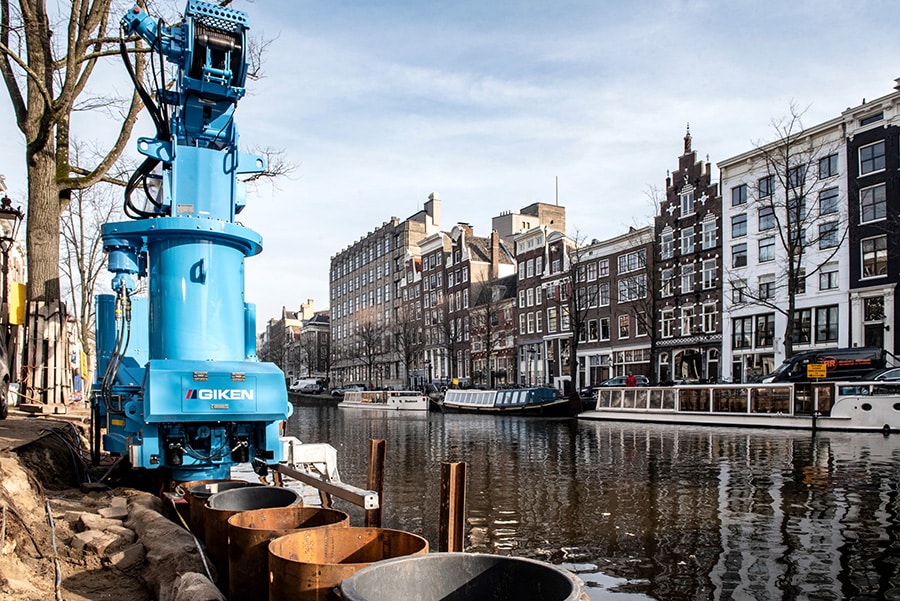
Restoration special bridge requires very special wood
Some historic raft bridges can still be found in the Netherlands, in the North Holland Canal. These bridges function as fixed bridges for cyclists and pedestrians, but can be opened for shipping by an ingenious winch system. To be able to drive on and off the bridge, appurtenant bridges (called cow bridges), cow valves and regulated balancing systems are present.
The raft bridge gets its name from the rafts on which it floats. Of the five remaining bridges, one is still in nearly original condition: The Koedijkervlotbrug. Stadswerk 072 from Alkmaar commissioned Koninklijke Holman Beton & Waterbouw to replace the rafts of this bridge, dating from 1824. Not an easy job, given the requirements involved. The two rafts had to be as original as possible.
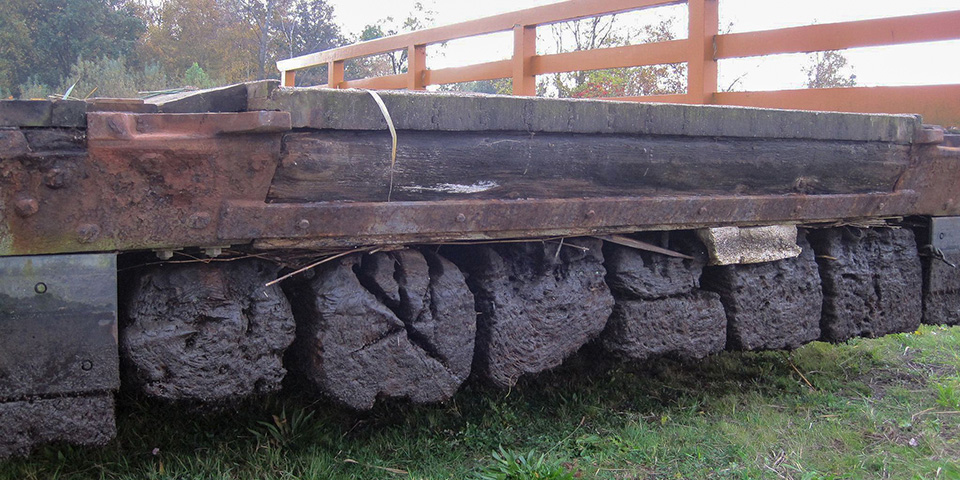
Indeed, badly in need of replacement.
Historic wood construction
To remain true to the original, it was necessary to work with identical timbers in the original dimensions. The bottom layer consists of spruce floats with a head size of 50×50 cm, on which Bilinga sleepers with a head size of 24×32 cm are placed. Next comes the deck, with a thickness of 11 cm, also of Bilinga. The client provided a 3D model of the bridge when it was awarded, showing the structure of the bridge and the positions of the steel parts on the timber structure. For Oosterhof Holman BV the go-ahead to buy the timber in advance, in view of the longer delivery time of especially the lower driving beams.
Because of the highly specialized nature of the wood, Oosterhof Holman BV called in the expertise of Hupkes Houthandel BV in Dieren. Stefan Meinhardt, owner and director, is quoted as saying, "Organizing the right wood was quite a task. The bridge consists of Norway spruce (softwood), Bilinga and Azobé (tropical hardwoods). The softwood comes from the Black Forest and carries the PEFC sustainability certificate. The hardwoods bear the FSC seal of approval. In order to be able to cut the head sizes 50×50 cm in 14.5 meter lengths, suitable trees in the forest in Germany were selected especially for this occasion."
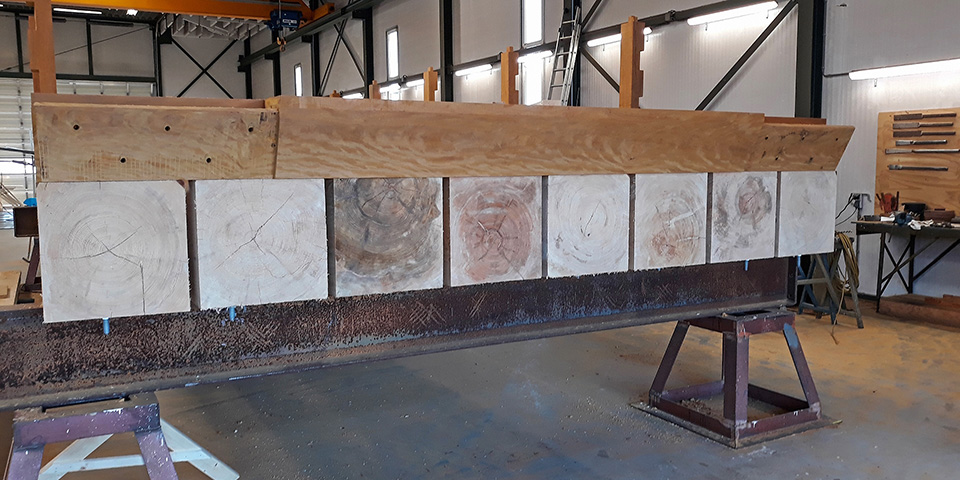
The new beams make the bridge last again.
Expertise in sawing
All the round logs were cut at the sawmill in Dieren. "Bear in mind that there are almost no sawmills left in the Netherlands that can cut round timber in these sizes," Meinhardt continued. "The softwood trees had a diameter of between 850 mm and 1,030 mm, which is very hefty by European standards. Even for Hupkes, this is not an everyday job, but we can fall back on decades of expertise."
The largest trunks are 180 years old and even older. Meinhardt says laughingly, "Those trees date back to when Mark Twain wrote his well-known 'Oliver Twist' and Ludwig I was King of Bavaria." Sawing Bilinga and Azobé is not exciting for Hupkes, with expertise already stretching back 100 years in 2018. "We specialize in heavy sizes, long lengths and anything complex," Meinhardt said.
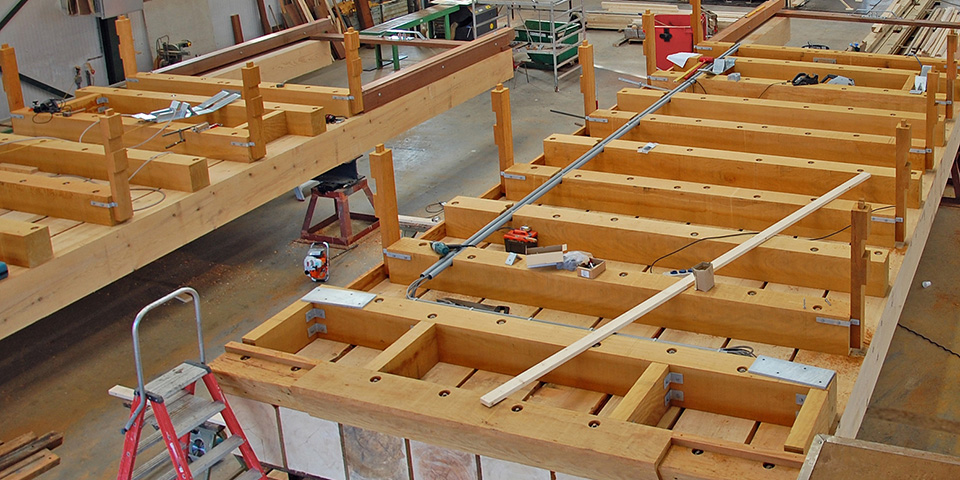
The rafts are already beginning to take shape.
SKH inspection reveals: very good quality
Prior to delivery, the timber ordered by Oosterhof Holman BV was inspected at Hupkes SKH. Meinhardt says: "The inspection showed that all the wood was of exceptionally good quality. In mid-October, everything was delivered in Harlingen and they could start manufacturing the wooden structure. This requires enormous craftsmanship, given the dimensions of the wood and the final weight of the rafts. This amounts to no less than 25 tons per raft. Meanwhile, the substructure is ready and the railing posts are being assembled, after which the deck and railing boards will be assembled."
If all goes according to plan, the bridge will go out of service for a week before Christmas to allow for the installation of the new rafts. In conclusion, Meinhardt says, "This was a joyous project in which all parties demonstrated the expertise they have. Good communication is an absolute must in this regard."
